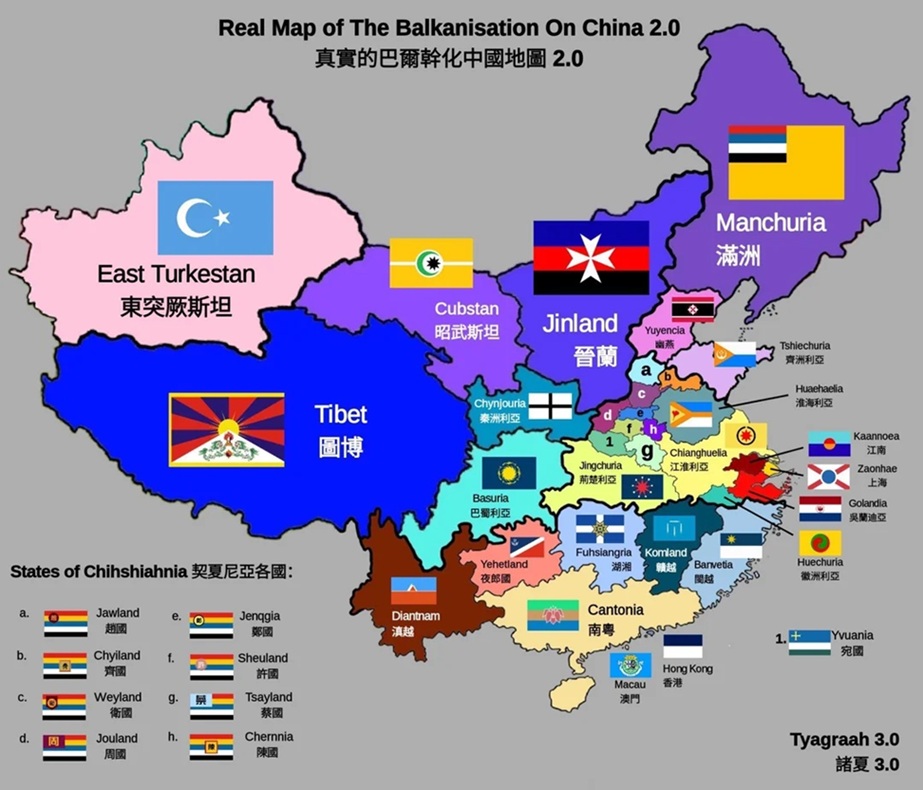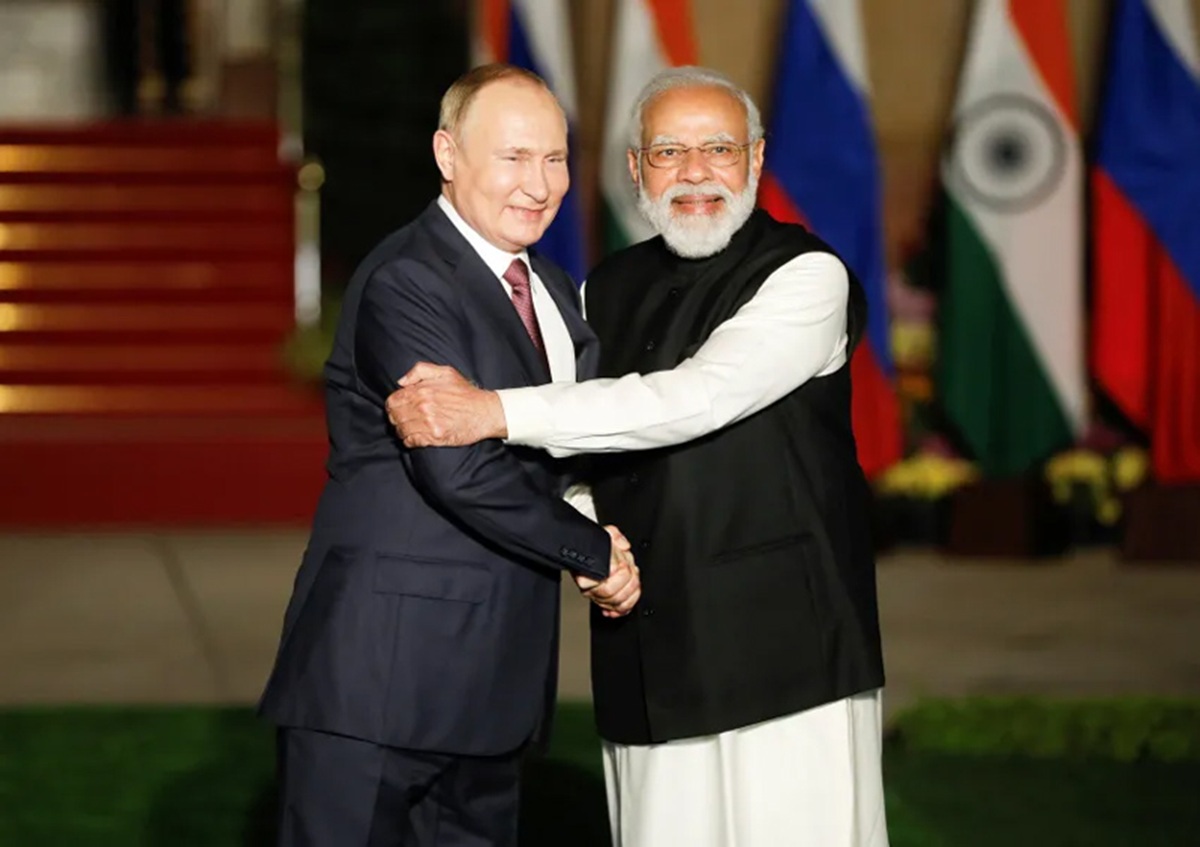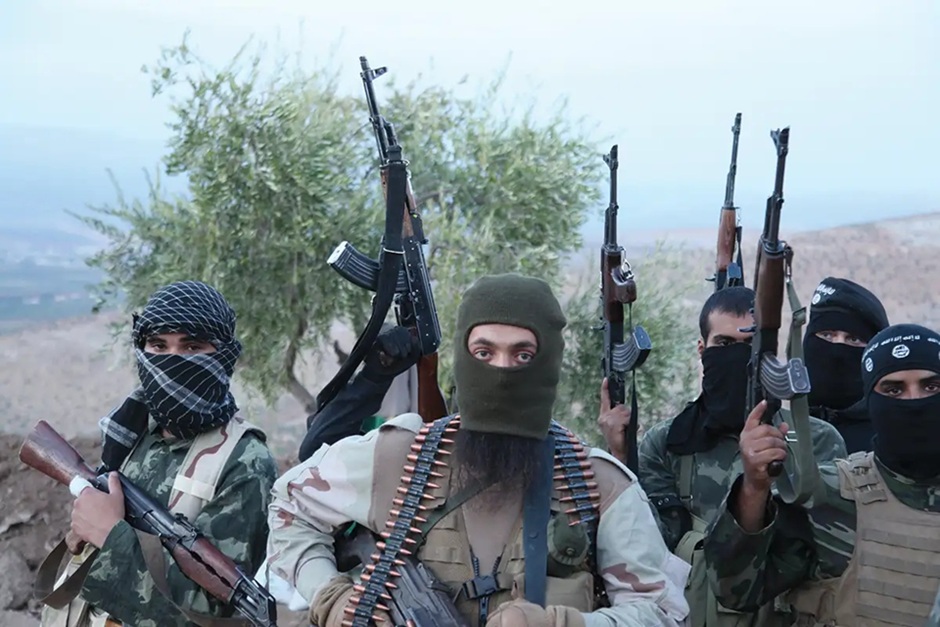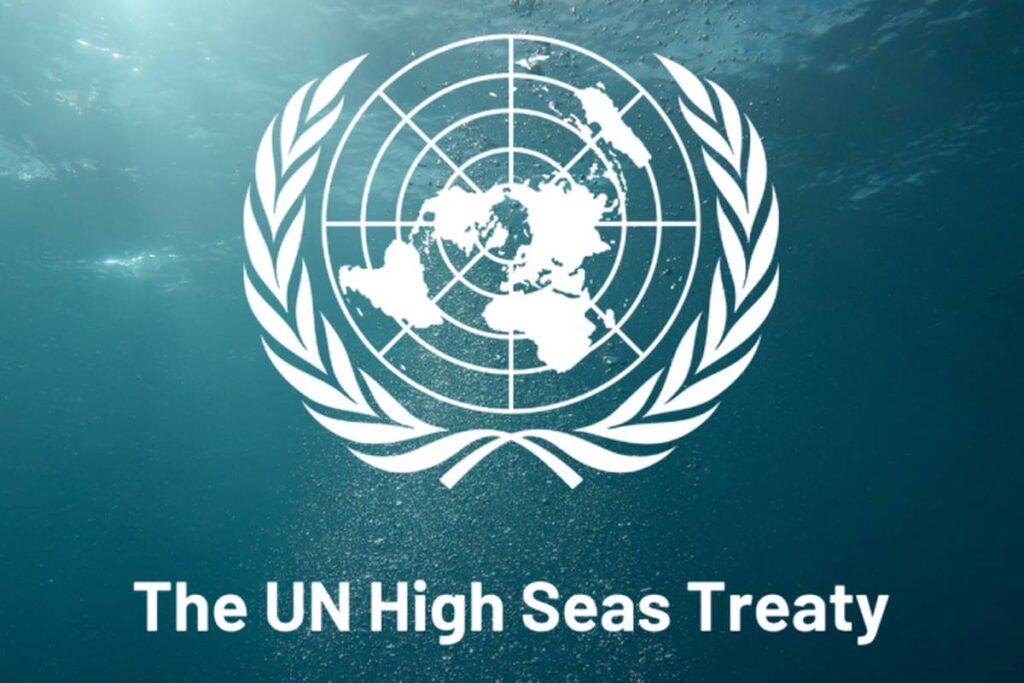The insurgency in Balochistan, a resource-rich province in Pakistan, traces its roots to the forced integration of the region in 1948 when the Khanate of Kalat resisted but was compelled to accede to Pakistan. This led to successive waves of armed resistance, reflecting longstanding grievances over political marginalization, economic exclusion, and resource exploitation. These issues have been further compounded by the China-Pakistan Economic Corridor (CPEC), which many locals perceive as a neo-colonial venture that prioritizes external interests over Baloch autonomy.
History
The history of insurgencies in Balochistan dates back to the region’s forcible integration into Pakistan in 1948. Following the partition, the Khanate of Kalat declared independence but was soon pressured to accede to Pakistan. This led to the first wave of armed resistance, initiated by Baloch leaders like Prince Karim Khan. Subsequent phases of insurgency occurred in 1958, 1963-1969, and 1973-1977, each characterized by escalating violence and growing involvement from various Baloch tribes. The most recent and ongoing insurgency began in 2003, fueled by grievances over resource exploitation and the perceived marginalization of Baloch people amidst major development projects like the China-Pakistan Economic Corridor (CPEC).
Escalating Insurgency and Opposition to CPEC in Balochistan
Violent incidents in the Balochistan region have risen by 96% in 2024 compared to the previous year. According to reports, since the beginning of 2024, more than 1,000 Pakistanis have been killed in insurgent attacks in Balochistan and the northwest region of Khyber Pakhtunkhwa, with half of them being civilians and the other half being security forces. Since 2017, at least 21 Chinese citizens have been killed in the region. Baloch separatist groups explicitly target foreigners, particularly those from China and Pakistan’s Punjab region. The most recent incident included the shooting and death of seven Punjabi labourers who were dozing off in their quarters. Baloch separatists see CPEC as a neo-colonial endeavour, drawing comparisons to the British East India Company, which began as spice dealers in 1608 and eventually seized control of the whole Indian Subcontinent. Nawab Akbar Bugti’s 2006 assassination was a crucial occasion that intensified the local militants’ anti-outsider views.

Source: South Asia Terrorism Portal
The Balochistan Liberation Front (BKLF) and the Baloch Liberation Army (BLA) are active insurgent factions in the area. Dr Allah Nazar Balock, the Balochistani Liberation Front’s founder and leader, in 2019 claimed that despite Pakistan’s forcible occupation of Balochistan, the Baloch people had no desire to participate in Pakistan’s democratic process because their cultures, languages, psyches, histories, and small geography differed. He also stated, “They (Pakistan) don’t care about the well-being of Balochistan and the Baloch people,” he said. They only care about minerals and our 750-mile coastline. Therefore, the only option available to us Baloch is to resist drawing attention to the downtrodden Baloch. The separatists worry that the influx of capital will attract residents from other parts of Pakistan, turning them into a minority in their ancestral regions.
Earlier this year, the BLA was involved in tit-for-tat attacks between Pakistan and Iran over alleged militant bases on each other’s soil, nearly escalating into a war between the two neighbours. BLA opposes the CPEC project, which also led to BLA’s first Female suicide bombing. The involvement of female suicide bombers represents a tactical evolution for the BLA, indicating a shift towards more sophisticated and desperate measures in their campaign against CPEC. The most intricate strikes are thought to have been executed by the BLA’s suicide squad, Majeed Brigade. Armed organizations like BLA in the area now have more capabilities thanks to the Taliban’s capture of neighbouring Afghanistan. Baluch armed organizations have found and used some of the military equipment and weaponry that the Taliban confiscated following the U.S. military withdrawal in 2021.
BLA consider themselves to be secular nationalists and share little in common with armed Muslim groups that have long been heavy users of suicide bombing, such as the Pakistani Taliban. Security specialists have predicted that the BLA will increase its use of female fighters who can operate covertly and concentrate its efforts on Karachi.
Chinese Premier Li Qiang Effectively opened a Beijing-funded airport in Gwadar during an event in Islamabad. Still, he chose not to travel to Balochistan for the most obvious reason—the BLA’s influence. The airport lies near Gwadar Port, the hub of the multibillion-dollar China-Pakistan Economic Corridor (CPEC), which connects China’s Xinjiang province with Pakistan’s coast. In addition to destabilizing already troubled Balochistan, the frequent attacks provide a serious obstacle to the politically bankrupt Pakistani government’s economic aspirations.
Local fishermen are particularly upset about how their livelihoods are impacted by the limited access to the sea and port expansion into their traditional fishing grounds.

Fishermen in Pakistan are frustrated they have been restricted from freely accessing their usual fishing spots around Gwadar. (Reuters: Qadir Baloch)
Rising Voices: Baloch Women Lead the Fight Against Enforced Disappearances
Human rights groups The “Voice of Baloch Missing Persons” claims over 7,000 cases since 2004, while the government-constituted—Commission of Inquiry on Enforced Disappearances (COIOED) acknowledges only about 2,750 active cases. It is estimated that since 2000, 5,000 Balochs have disappeared.
The Baloch Yakjehti Committee (BYC or Baloch Unity Committee), a vociferous Baloch rights movement is also growing in strength. It is led by the dynamic young female doctor Mahrang Baloch and consists primarily of female activists. Its goal is to increase public awareness of extrajudicial killings and so-called “enforced disappearances” involving ethnic Baloch, and it is committed to non-violence.
Maulana Hidayat-ur-Rehman Has organized Baloch demonstrators under the name Gwadar Ko Huqooq Do Tehreek (Give Rights to Gwadar Movement) since he is a member of the Jamaat-e-Islami (JI) party, an Islamist political organization that is not very well-liked in Gwadar. Tens of thousands of Baloch joined him in 2021 for his first protest, which called for Gwadar’s rights.
Reko Diq: Resource Wealth Beneath the Surface and Geopolitical Challenges
In the past few months, Sharif has visited China, Saudi Arabia, and the United Arab Emirates to convince them to invest in the debt-strapped nation. Canadian mining giant Barrick Gold Corporation is set to invest $7 billion in the Reko Diq. Project which will help them secure 50 percent of the shares. The remaining 50 percent is expected to be evenly split between the Pakistani and Balochistan governments. The reason for this type of investment is that Reko Diq covers an area of 3.3 million acres in Chagai district, Pakistan’s largest district by area, rich in resources like 12.3 million tonnes of copper and 20.9 million ounces of gold.
Bordering Iran and Afghanistan, Chagai is mostly characterized by rugged terrain, with vast sandy expanses and arid deserts. But beneath this dusty surface lies one of the world’s largest undeveloped gold and copper reserves. Located in the Tethyan Belt, Reko Diq sits within a renowned metallogenic zone that extends from Eastern Europe through Anatolia to Iran and then into the Balochistan region. The Tethyan Belt is recognized as one of the world’s most fertile areas for gold and base metals such as copper and zinc.
In 1995, the Saindak Copper project began. During 30 years of mining, Saindak made billions of dollars. However, the region did not benefit. The Balochistan government received just 5-6.5 percent of the revenue. But not even 1 percent of Saindak’s revenue appears to have been spent on the region for human development. Chagai is among the poorest areas, not only in Pakistan but also in all of South Asia. With one of the lowest literacy rates and the highest infant and maternal mortality rates, the Chagai district ranks lowest in Pakistan on most social and human development indicators. Locals fear that Reko Diq will mirror Saindak, where foreign companies profited billions while federal and provincial officials colluded to claim their share. But people will yet again be left out and left behind.
Conclusion
The ongoing insurgency in Balochistan is deeply rooted in historical grievances stemming from the region’s forced integration into Pakistan and exacerbated by contemporary issues such as resource exploitation and the China-Pakistan Economic Corridor (CPEC). The rise in violence, particularly against foreign nationals and local communities, underscores the urgency of addressing the Baloch people’s demands for autonomy and equitable resource distribution with armed groups like the Baloch Liberation Army escalating their campaigns, the socio-economic situation in Balochistan remains precarious, leaving local populations increasingly marginalized and disenfranchised. A sustainable resolution requires acknowledging these historical injustices and fostering an inclusive dialogue that prioritizes the rights and needs of the Baloch people, ensuring that development projects benefit the local communities rather than perpetuating cycles of conflict and exploitation.
Title image courtesy: indiatomorrow.net
Disclaimer: The views and opinions expressed by the author do not necessarily reflect the views of the Government of India and Defence Research and Studies

References
Editor. (n.d.). Origins of Baloch Insurgency – Balochistan Point. http://thebalochistanpoint.com/origins-of-baloch-insurgency/
Anurag. (2024, May 9). Understanding the rise of insurgency and violence in Balochistan amid escalation in attacks on outsiders from Pakistan’s Punjab and China in the region. OpIndia. https://www.opindia.com/2024/05/understanding-rise-of-insurgency-and-violence-in-balochistan/#google_vignette
Baloch, K. (2022, April 28). Pakistan: Woman suicide bomber change in Baloch rebels’ strategy? Al Jazeera. https://www.aljazeera.com/news/2022/4/28/pakistan-woman-suicide-bomber-change-in-baloch-rebels-strategy
Siddique, A. (2024, April 24). What’s Behind The Deadly Surge Of Violence In Pakistan’s Balochistan? RadioFreeEurope/RadioLiberty. https://www.rferl.org/a/pakistan-balochistan-separatists-baluch/32917725.html
Agence France-Presse. (2024, October 15). Premier Li inaugurates China-funded Gwadar airport but doesn’t travel to Balochistan. Firstpost. https://www.firstpost.com/world/premier-li-inaugurates-china-funded-gwadar-airport-but-doesnt-travel-to-balochistan-13825631.html
Jaipal, V. (2024, May 9). The changing face of Baloch activism. orfonline.org. https://www.orfonline.org/expert-speak/the-changing-face-of-baloch-activism
Why brute force will not end Pakistan’s … (n.d.). https://www.chathamhouse.org/2024/09/why-brute-force-will-not-end-pakistans-balochistan-insurgency
“There Is No CPEC in Gwadar, Except Security Check Posts.” (2024, March 1). ChinaFile. https://www.chinafile.com/reporting-opinion/features/there-no-cpec-gwadar-except-security-check-posts
Anees, M. S. (2024, June 24). Why Barrick Gold Remains Interested in Pakistan’s Reko Diq Reserves. The Diplomat. https://thediplomat.com/2024/06/why-barrick-gold-remains-interested-in-pakistans-reko-diq-reserves/







